1. What is KPV?
KPV is a synthetic peptide derived from the C-terminal of the kappa opioid receptor ligand, dynorphin A. It is a three-amino acid peptide with the sequence Lys-Pro-Val. KPV has been studied for its anti-inflammatory, analgesic, and immune-modulating properties. It has been shown to have potential therapeutic applications in conditions such as autoimmune diseases, chronic inflammation, and pain management, as it can modulate the kappa opioid receptor pathways.
2. KPV Structure
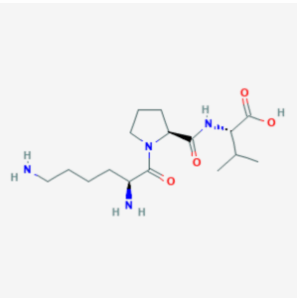
【pictures linking,https://pubchem.ncbi.nlm.nih.gov/compound/L-Lysyl-L-prolyl-L-valine】
Amino Acid Sequence: Lys-Pro-Val
Molecular Formula: C16H30N4O4
Molecular Weight: 342.43 g/mol
PubChem CID: 125672
CAS Number: 67727-97-3
Synonyms: MSH (11-13),ACTH(11-13),alpha-MSH(11-13)
3. KPV Research
KPV (Lys-Pro-Val) is a naturally occurring C-terminal tripeptide fragment of the alpha-melanocyte-stimulating hormone (α-MSH). Despite its simplicity, KPV has potent anti-inflammatory, antimicrobial, and epithelial reparative properties without affecting melanogenesis or pigmentation, unlike the parent α-MSH.
Due to its minimal molecular size, KPV is suitable for topical, oral, and systemic applications, making it a promising compound in dermatology, gut inflammation, and immune modulation.
【1】Mechanism of Action
Inhibits NF-κB signaling, a key pathway in the pro-inflammatory cascade
→ NF-κB & Inflammation – NCBI【https://pmc.ncbi.nlm.nih.gov/articles/PMC3491443/】
Suppresses pro-inflammatory cytokines like TNF-α, IL-6, and IL-1β, while sparing beneficial immune responses
→ KPV in cytokine suppression – PubMed【https://pubmed.ncbi.nlm.nih.gov/11207365/】
Promotes epidermal barrier repair and mucosal healing by restoring epithelial cell proliferation and migration
Demonstrates antimicrobial effects, particularly against Staphylococcus aureus and Pseudomonas aeruginosa infections in skin wounds
【2】Clinical & Preclinical Evidence
Topical KPV shown to reduce atopic dermatitis severity, psoriasis-like inflammation, and UV-induced skin damage
Oral and rectal administration alleviated symptoms of colitis, Crohn’s disease, and IBD models in mice
→ KPV in colitis – PubMed【https://pubmed.ncbi.nlm.nih.gov/17057233/】
Also investigated in ocular inflammation, lung fibrosis, and implant rejection
【3】 Expert Insight
Journal of Investigative Dermatology (2022): “KPV is one of the most under-recognized peptides with broad-spectrum anti-inflammatory capability and negligible systemic toxicity.”
Dr. Andrzej Slominski (KPV discoverer): “This tripeptide fragment offers potent local immune modulation without suppressing systemic immunity.”
✅ Why Consider KPV?
✅ Potent anti-inflammatory peptide with minimal size and great bioavailability
💊 Effective in skin, gut, and lung inflammation models
🧬 Does not affect pigmentation unlike other MSH derivatives
🩹 Enhances wound healing, epithelial repair, and microbiome balance
⚙️ Applicable as topical cream, oral capsule, or rectal suppository
🔬 Clinically safe and non-immunosuppressive
4. Future KPV Research
A. Dermatological Therapies
Next-gen topical KPV is being trialed for:
Eczema and psoriasis
Acne vulgaris with bacterial overgrowth
Laser and microneedling recovery
B. Inflammatory Bowel Disease (IBD) and Gut-Brain Axis
Oral and rectal KPV being developed to reduce gut mucosal inflammation without systemic steroids
May protect tight junction proteins in intestinal epithelial barrier
→ KPV in gut permeability – PubMed【https://pubmed.ncbi.nlm.nih.gov/31188455/】
Potential applications in leaky gut, Crohn’s disease, ulcerative colitis, and even gut-derived anxiety
C. Respiratory & Lung Inflammation
Inhaled KPV peptide nanoparticles under research for pulmonary fibrosis, COVID-related lung damage, and chronic bronchitis
D. Cosmetic Peptide Formulations
Combining KPV with GHK-Cu, EGF, and niacinamide in:
Post-laser skin protocols
Redness and pigmentation control
Barrier-supporting moisturizers
E. Antimicrobial Wound Dressing Innovation
KPV-loaded dressings are being tested for:
Burn wounds
Diabetic ulcers
Surgical site infections
5. Application Area
🧖 Dermatology & Skin Repair
Psoriasis
Eczema / dermatitis
Wound & laser recovery
→ Skin barrier research – NCBI【https://pmc.ncbi.nlm.nih.gov/articles/PMC6047195/】
💊 Gastrointestinal Inflammation
Crohn’s disease
Ulcerative colitis
Leaky gut syndrome
🌬️ Lung & Mucosal Health
Lung injury recovery
Asthma inflammation
ARDS / COVID-related fibrosis
🧫 Antimicrobial Uses
Topical bacterial control
Biofilm inhibition
Skin microbiome rebalance
🧬 Adjunctive Therapy
Used with:
BPC-157 for gut
GHK-Cu for skin
TB-500 for systemic inflammation
Melanotan II (if pigmentation is desired separately)
✅ Summary
KPV is a minimal but multifunctional tripeptide offering:
✔️ Strong anti-inflammatory and antimicrobial effects
✔️ Safe for topical, oral, and mucosal applications
✔️ Useful in skin, gut, and respiratory repair
✔️ Non-pigmentary and non-immunosuppressive
✔️ Ideal for chronic inflammation, IBD, and cosmetic peptide stacks

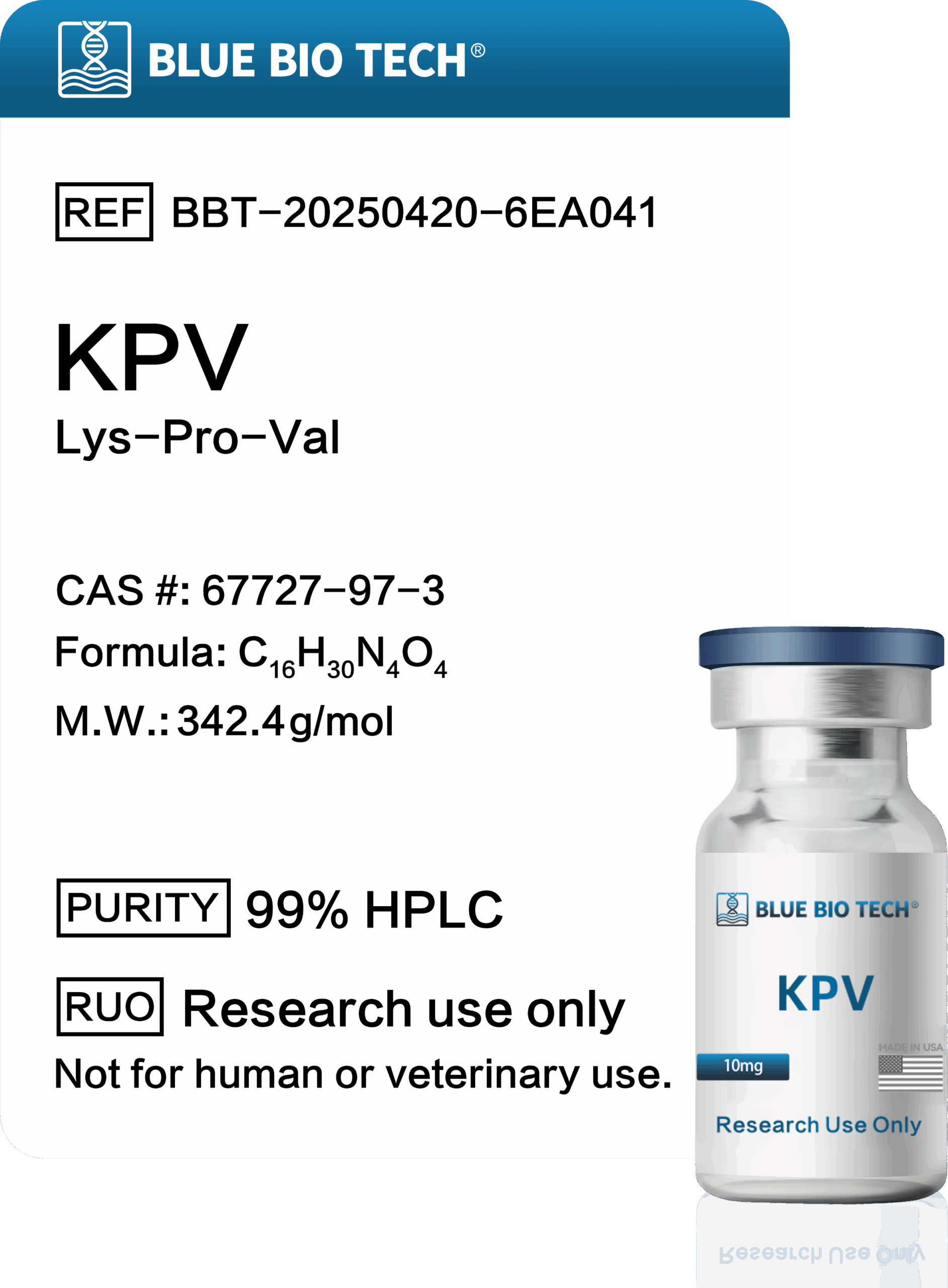
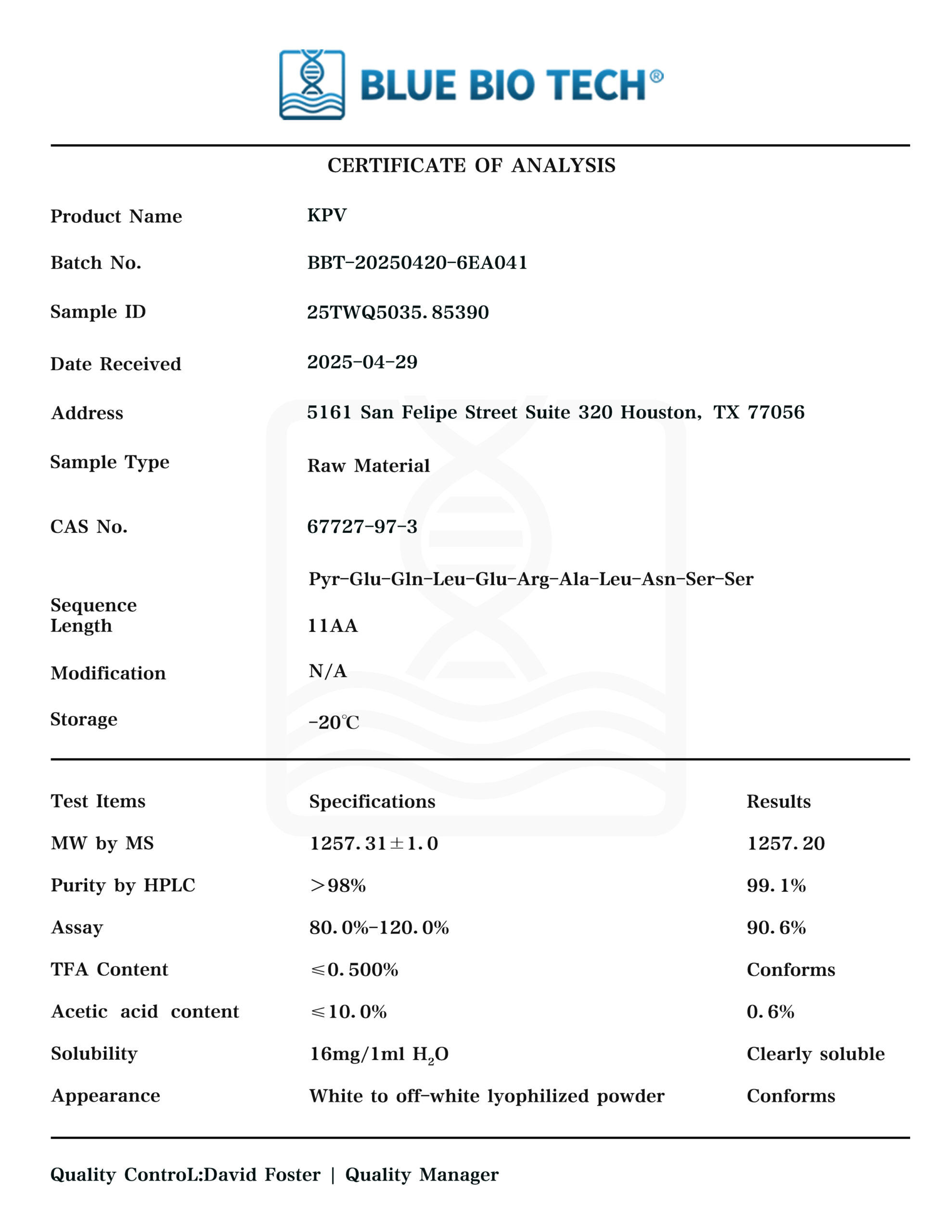
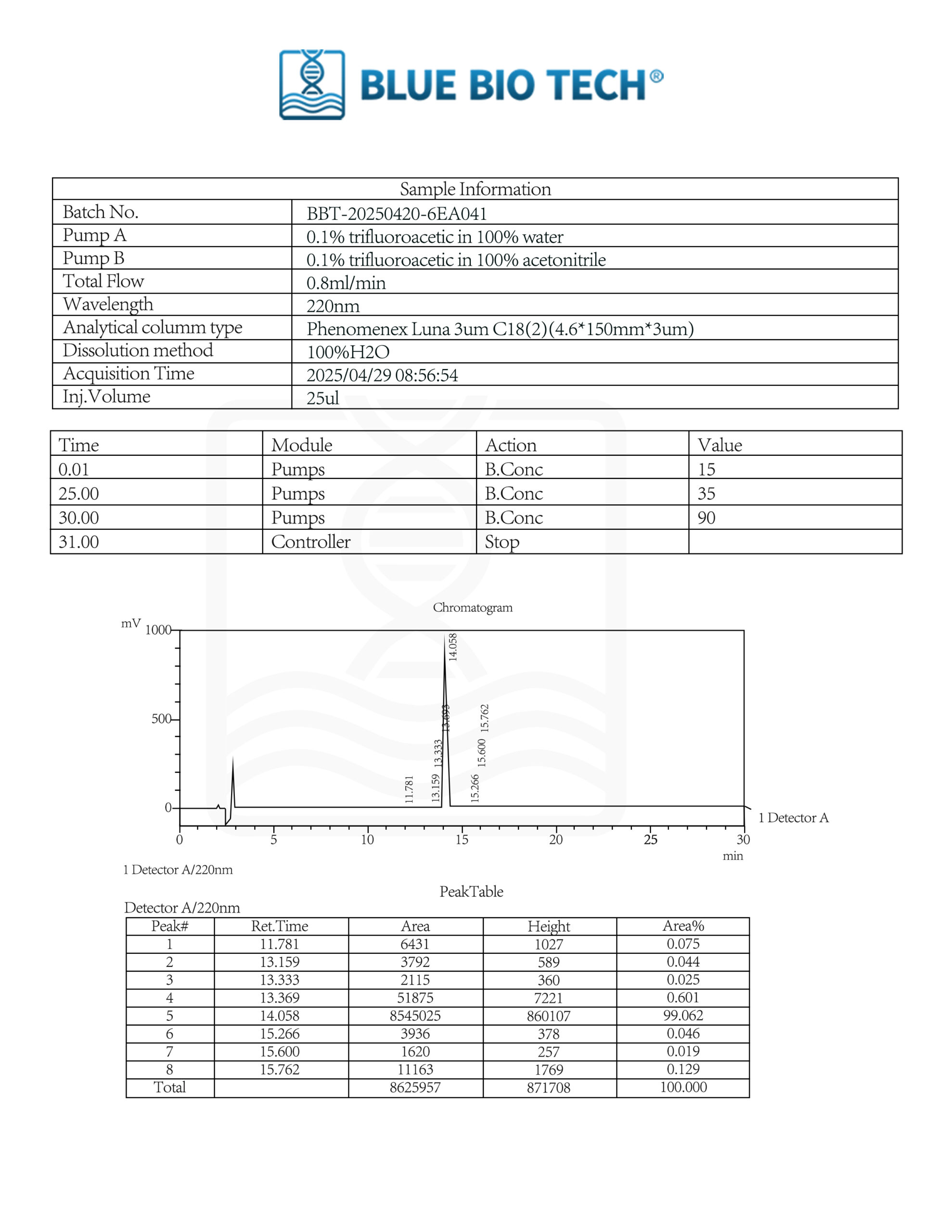
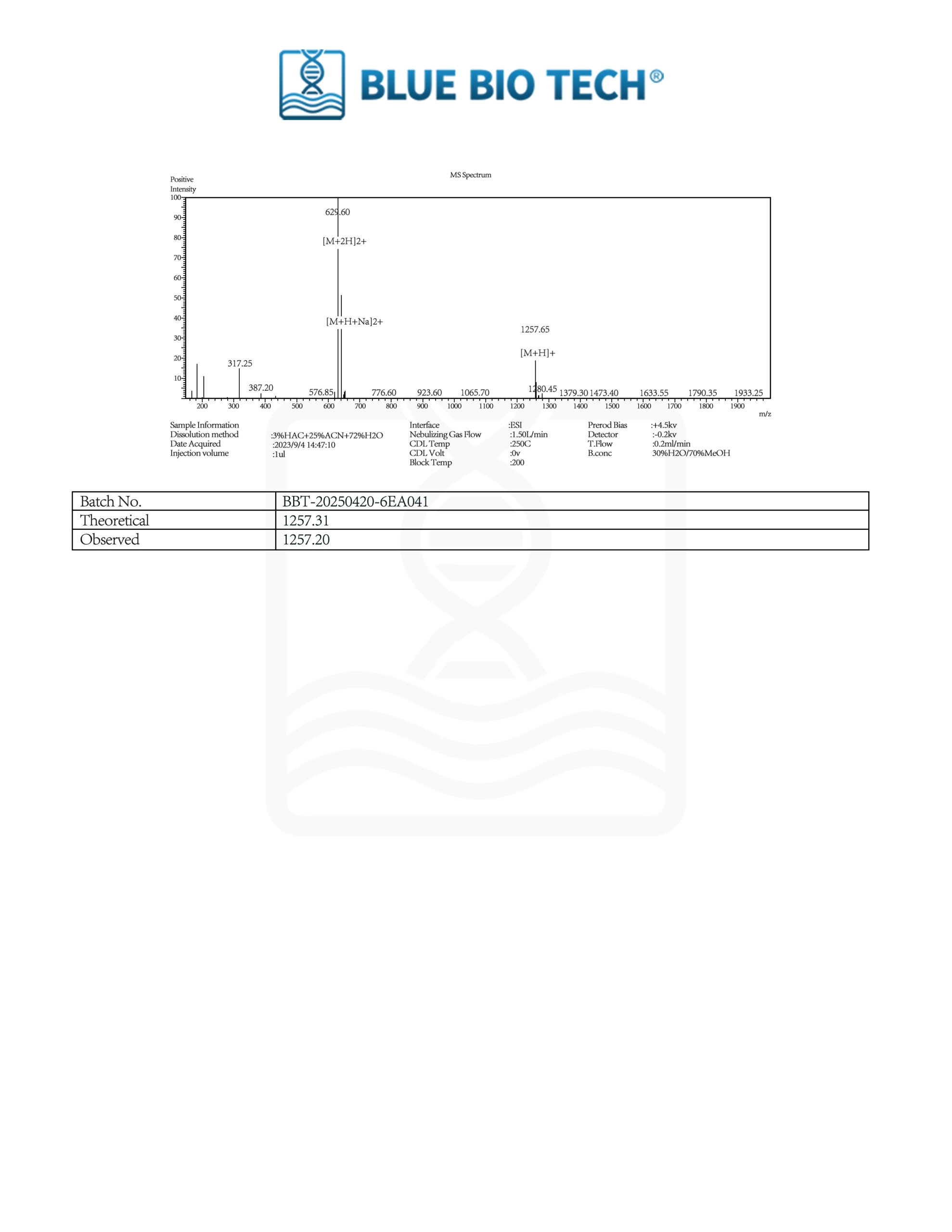
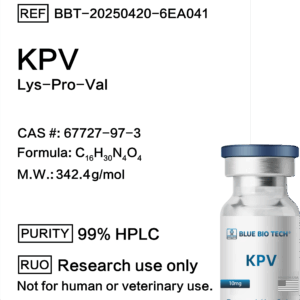
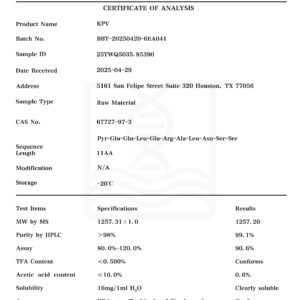
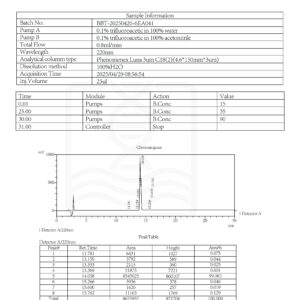
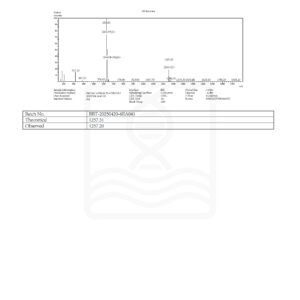
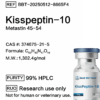
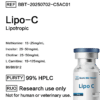
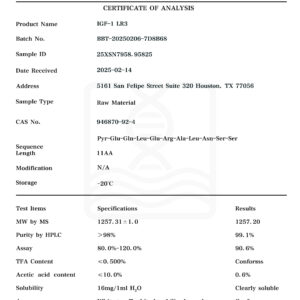
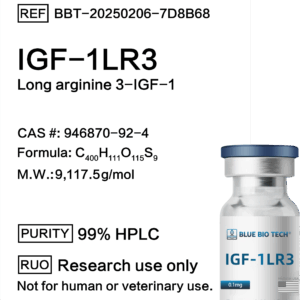
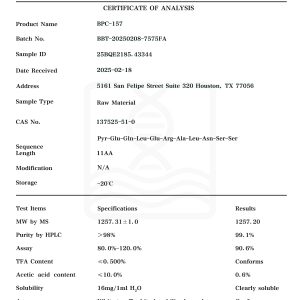
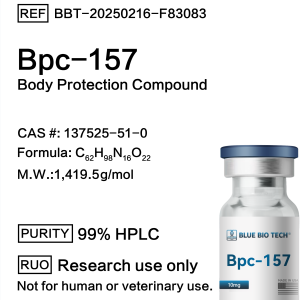
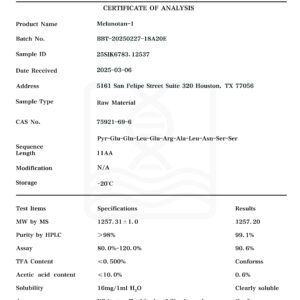
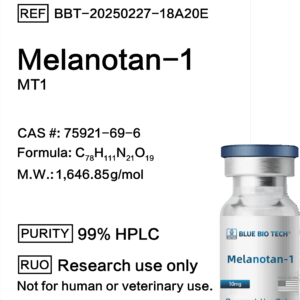
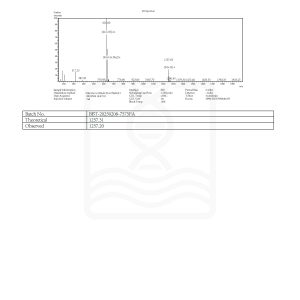
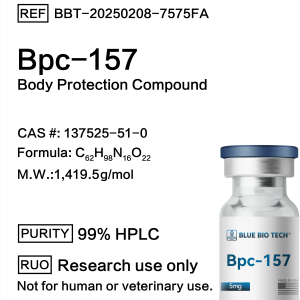
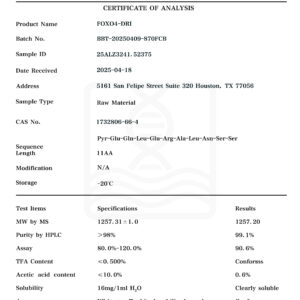
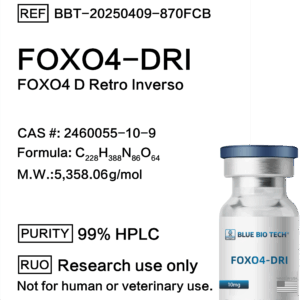
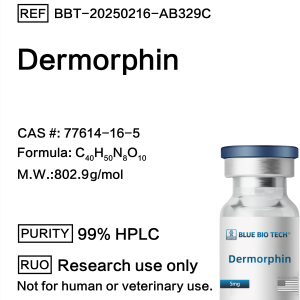
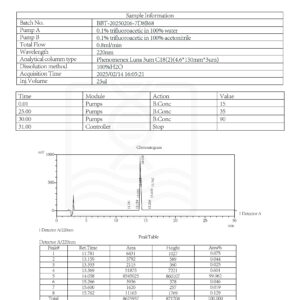
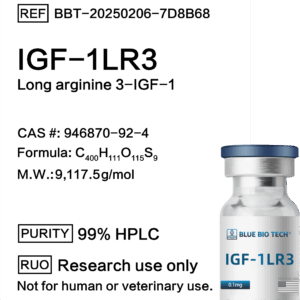
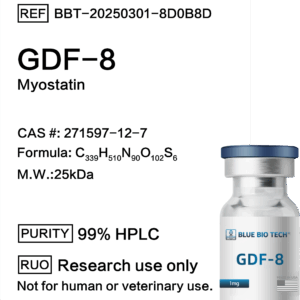
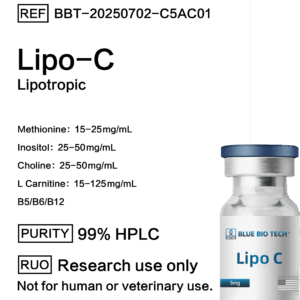
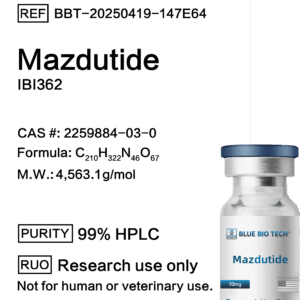

Reviews
There are no reviews yet.